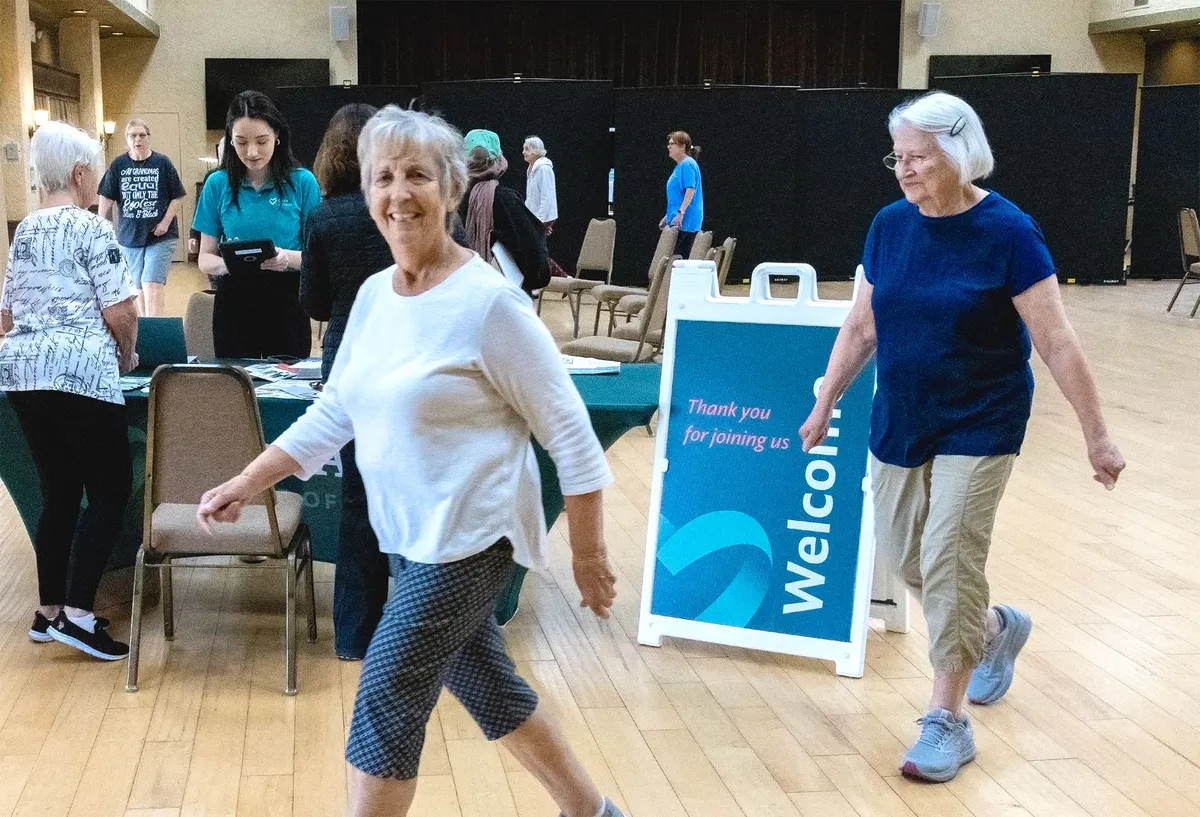[GUIDE]
By OneStudyTeam
Challenge 3: Balancing the financial demands of conducting thorough and comprehensive research while staying within budgetary limits.
Kleinhans: “We focus our budget on the most critical aspects of the study that directly impact its success, such as participant engagement and data quality. We collaborate with academic institutions, government bodies, or industry partners to share costs and resources. And we seek grants or alternative funding sources to supplement our income/budget.”

(2) eSource can reduce monitoring corrections by 50%.
Because eSource forms are built to accurately align with specific study protocols and case report forms, this data-entry method improves data quality. Further, solutions like StudyTeam’s eSource functionality include built-in validation, with preset ranges in certain fields pinpointing keystroke errors. So by the time this data is reviewed by a clinical research associate, it should already be correct. That means site staff don’t have to revisit data-input tasks they’ve already completed and double their workload. When there are fewer discrepancies to address due to high-quality data, this also saves time for monitors. Seacoast Kidney & Hypertension Specialists saw this impact when they implemented StudyTeam’s eSource solution – they found they were able to reduce monitoring corrections by 50%.
(3) eSource can reduce data capture time by 37%.
One study analyzed the time spent completing forms for an OB/GYN registry with eSource compared to time spent using non-eSource methods. eSource methods reduced the overall average data capture time by 37%.
With eSource, you can program visits and visit activities per protocol into electronic forms (or a technology vendor can do this for you). This enables site staff to precisely follow the protocol during data capture – you click through the checklist for each patient visit, easily and legibly entering data into the form. This eliminates any lag between the patient visit and data recording. You can go right to your next patient visit or other task. Another benefit: Reducing personnel costs by freeing up staff to do more without going into overtime.
(4) eSource can shorten patient visit times by 25 minutes.
Direct data capture is also one way to make sure visits are as efficient as possible. When you use eSource to log source data during patient visits, you accommodate more patients in less time – while improving the quality of those visits. The key differentiator with eSource is that it eliminates the need to flip through physical binders of source data while engaging with the patient. Rather, you can rely on templates with checklists and alerts to ensure protocol adherence during the visit and enter data with a few quick clicks on the keyboard while focusing on one-on-one patient interaction.
In a 2023 CISCRP study, when patients were asked what most often causes them disruptions during an average study, 31% of participants said too much time is required. Faster visit times with eSource can improve this perception and the patient experience, to ultimately improve patient retention and cut trial costs. “We actually had patients comment about how much faster the visits seemed once we switched to eSource because we’re not flipping through papers,” said Ashlee Morris, lead clinical researcher at Seacoast Kidney.
Learn more about the easy-to-use, affordable eSource solution built into StudyTeam for Sites.
Learn more about the easy-to-use, affordable eSource solution built into StudyTeam for Sites.

Want to share your experience with StudyTeam for Sites?
Want to share your experience with StudyTeam for Sites?
